Discover 11 hidden attractions, cool sights, and unusual things to do in Asuka (Japan). Don't miss out on these must-see attractions: Asuka-dera, Nara Prefecture Complex of Man'yo Culture, and Asuka Historical National Government Park. Also, be sure to include Tachibana-dera in your itinerary.
Below, you can find the list of the most amazing places you should visit in Asuka (Nara).
Table of Contents
Asuka-dera

Also known as: 飛鳥寺
Temple in Asuka, Japan. Asuka-dera, also known as Hōkō-ji, is a Buddhist temple in Asuka, Nara. Asuka-dera is regarded as one of the oldest temples in Japan.[1]
Address: 682 Asuka, 634-0103 Asuka-mura
Nara Prefecture Complex of Man'yo Culture

Also known as: 奈良県立万葉文化館
Museum in Asuka, Japan. The Nara Prefecture Complex of Man'yo Culture is a museum located in Asuka Village, Nara Prefecture in Japan. It is dedicated to the Man'yōshū, an 8th-century anthology of waka poetry. Its honorary director is Susumu Nakanishi.[2]
Address: 10 Asuka, 634-0103 Asuka-mura
Asuka Historical National Government Park
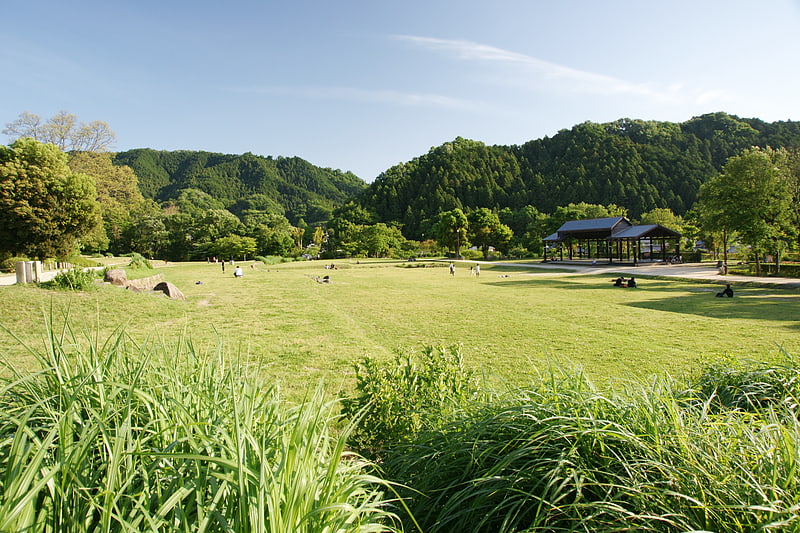
Asuka Historical National Government Park is a National Government Park established in Asuka, Nara Prefecture, Japan in 1974. The park comprises five areas: the Amakashi-no-Oka Area, where there is an observatory with a view over the old capitals of Asuka and Fujiwara-kyō and of Yamato Sanzan; the Iwaido Area, similarly with views to Yamato Sanzan as well as over the terraced rice fields of "Inner Asuka"; the Ishibutai Area; the Takamatsuzuka Area; and the Kitora Tumulus Area.[3]
Tachibana-dera
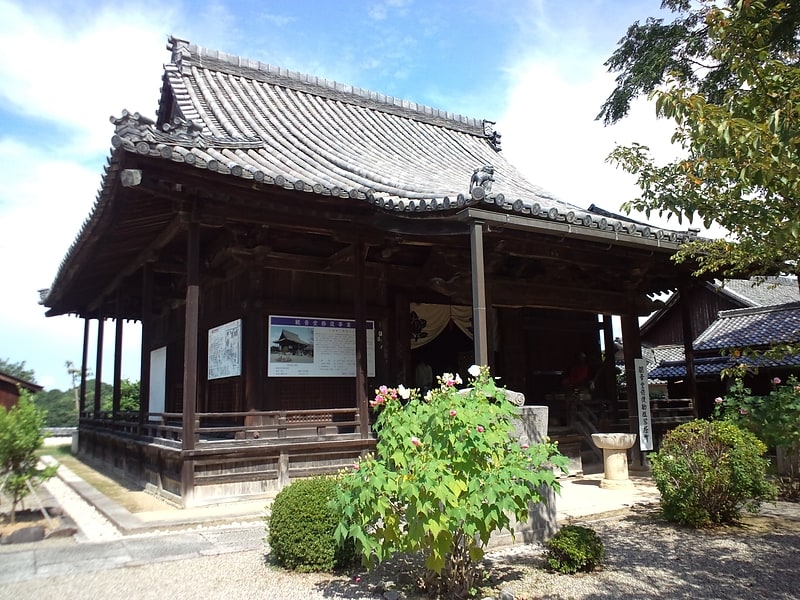
Also known as: 橘寺
Temple in Asuka, Japan. Tachibana-dera is a Buddhist temple in Asuka, Nara Prefecture, Japan. It is affiliated with Tendai Buddhism. According to legend, it was founded by Prince Shōtoku.[4]
Oka-dera

Also known as: 岡寺
Buddhist temple in Asuka, Japan. Oka-dera is a major Buddhist temple in the historic Asuka area of Nara Prefecture, Japan. Its formal name is Ryūgai-ji and is associated with the Shingon-Buzan sect.
It was founded by Priest Gien (義淵) during the 7th century, and is the 7th temple on the Kansai Kannon Pilgrimage. The statue of Gien is one of the national treasures of Japan. At the heart of the temple is Japan's largest clay image, a Nyoirin Kannon from the 8th century.
The temple can be accessed from either Okadera Station or Asuka Station on Kintetsu Yoshino Line, or by car on Route 169. Note if visiting by train that the temple is several kilometers from either of these stations, in the hills to the east of Asuka-mura.[5]
Address: 806 Oka, 634-0111 Asuka-mura
Kōgen-ji

Also known as: 向原寺
Buddhist temple in Asuka, Japan. Kōgen-ji is a Buddhist temple in Asuka, Nara Prefecture, Japan. It is affiliated with Jōdo Shinshū Buddhism.[6]
Address: 630 Toyoura, 634-0107 Asuka-mura
Asuka Historical Museum
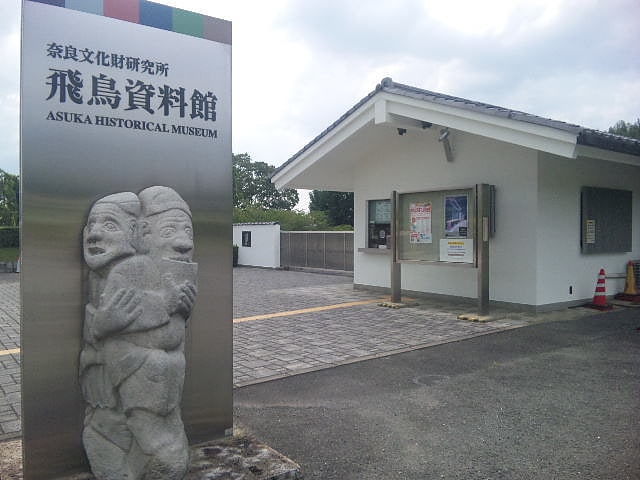
Also known as: 飛鳥資料館
Museum in Asuka, Japan. The Asuka Historical Museum is a historical museum in Okuyama, Asuka, Nara Prefecture, Japan. The museum was founded in 1975 and is a unit of the Nara National Research Institute for Cultural Properties.[7]
Address: 601 Okuyama, 634-0102 Asuka-mura
Takamatsuzuka Tomb
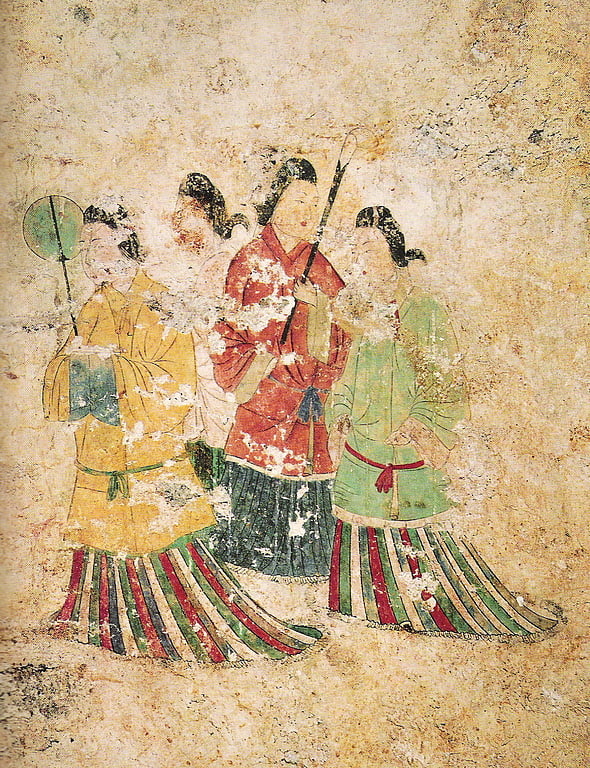
Also known as: 高松塚古墳
Ancient tomb with fresco wall paintings. The Takamatsuzuka Tomb or "Tall Pine Tree Ancient Burial Mound" in Japanese is an ancient circular tomb in Asuka village, Nara Prefecture, Japan.[8]
Kitora Tomb
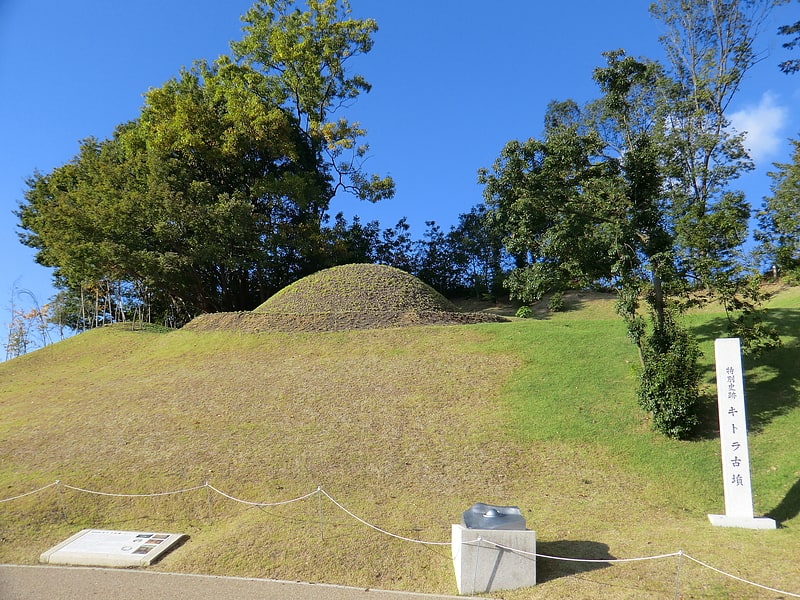
Also known as: キトラ古墳
Historical landmark in Asuka, Japan. The Kitora Tomb is an ancient tumulus located in the village of Asuka, Nara Prefecture, Japan. The tomb is believed to have been constructed some time between the 7th and early 8th centuries, but was only discovered in 1983.
A small stone chamber, the Kitora Tomb is a little over 1 metre in height and width and about 2.4 metres long, just large enough to bury a single person. The four walls are aligned with the cardinal points of the compass, and respectively feature the Black Divine Tortoise of the North, the Azure Dragon of the East, the Red Phoenix of the South, and the White Tiger of the West. On the ceiling of the chamber there is also an astronomical chart that has been the focus of much research and debate by scholars in the field of archaeoastronomy. In addition, the 12 zodiac animals-headed figures with human body are painted on the wall, which may be one of the oldest remaining zodiac murals in East Asia.
Fragments of a lacquered wooden coffin, torn apart when the tomb was robbed, lay 5 cm thick on the chamber floor, mixed with grave goods and human bone. A gilded bronze fitting and sword decorations were discovered, both executed with superbly inlaid patterns. Based upon analysis of the bone fragments and items found in the tomb, it is believed the interred was a middle-aged or older male of aristocratic background.
The paintings have suffered the ravages of time, and, as National Treasure of Japan and World Heritage, their preservation has been accorded the highest priority. The entire tomb has been roofed over, and a series of adjoining antechambers were constructed to isolate the central chamber from temperature and humidity fluctuations, and prevent contamination by airborne mold spores and microorganisms.[9]
Address: 67 Abeyama, 634-0134 Asuka-mura
Asuka-Fujiwara
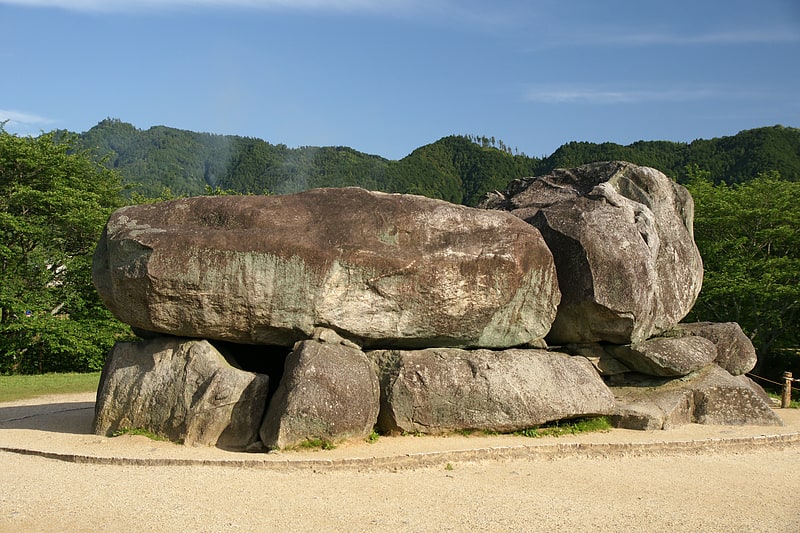
Also known as: 飛鳥・藤原の宮都とその関連資産群
Asuka-Fujiwara: Archaeological sites of Japan’s Ancient Capitals and Related Properties is a cluster of archaeological sites from in and around the late sixth- to early eighth-century capitals of Asuka and Fujiwara-kyō, Nara Prefecture, Japan. In 2007, twenty eight sites were submitted jointly for future inscription on the UNESCO World Heritage List under the ii, iii, iv, v, and vi criteria. Currently, the submission is listed on the Tentative List.
Since 2011, the Cultural Landscape of the Asuka Hinterland has been protected as one of the Cultural Landscapes of Japan. An area of 60 ha is also protected within the Asuka Historical National Government Park. Related artefacts are housed at the Asuka Historical Museum.[10]
Kawahara-dera
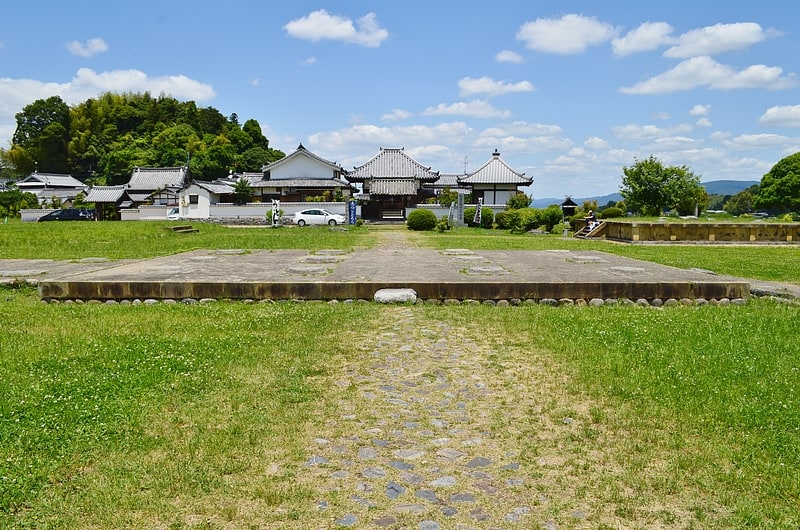
Also known as: 川原寺
Buddhist temple in Asuka, Japan. Kawara-dera was a Buddhist temple established during the Asuka period in Asuka, Nara Prefecture, Japan. Excavations have revealed a large-scale complex which included two kondō, a pagoda, extensive priests' quarters, and roof tiles that are "among the most beautiful ever made in Japan". The area has been designated a Historic Site and forms part of a grouping of sites submitted in 2007 for future inscription on the UNESCO World Heritage List: Asuka-Fujiwara: Archaeological sites of Japan’s Ancient Capitals and Related Properties. Related artefacts are displayed at the Asuka Historical Museum.[11]